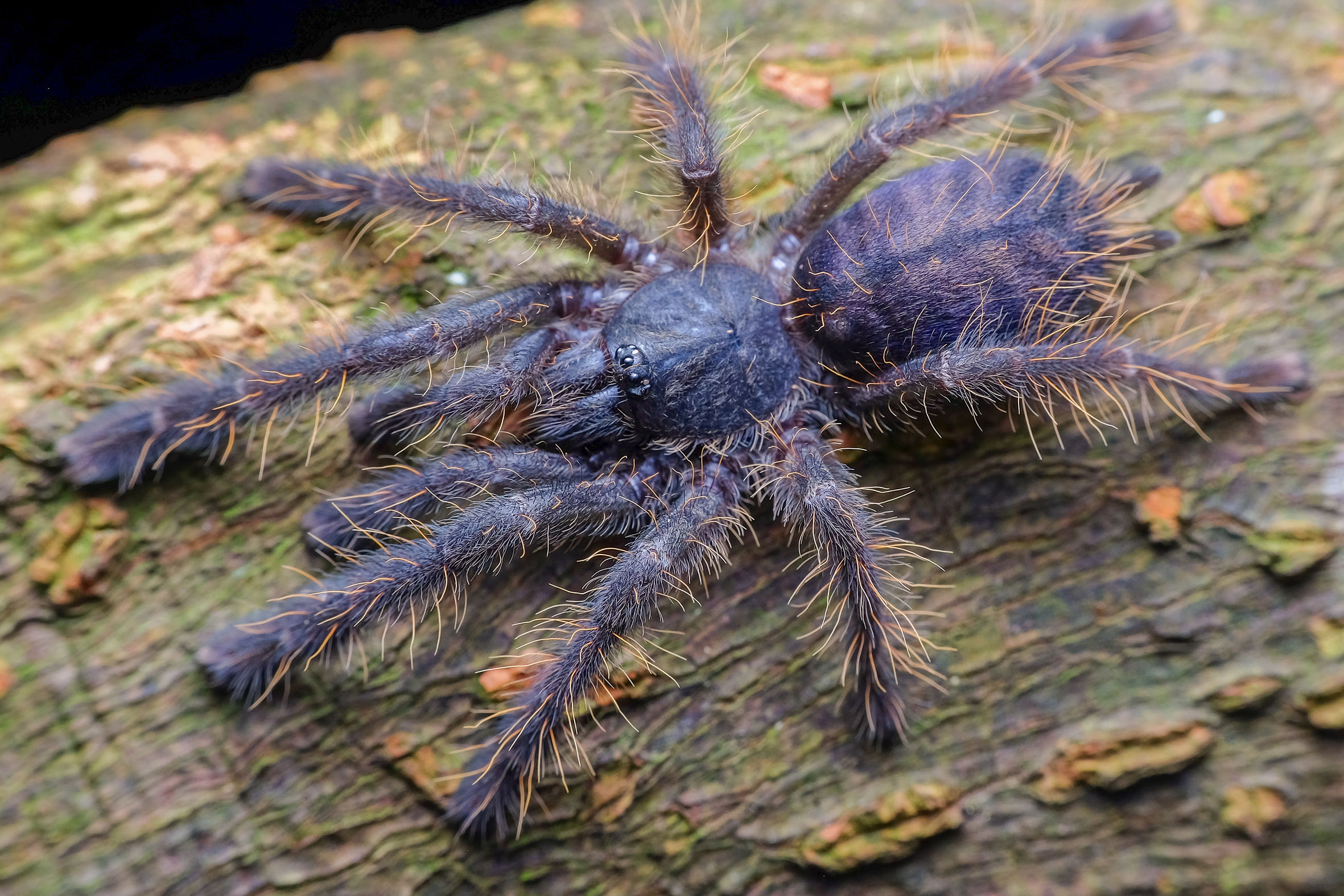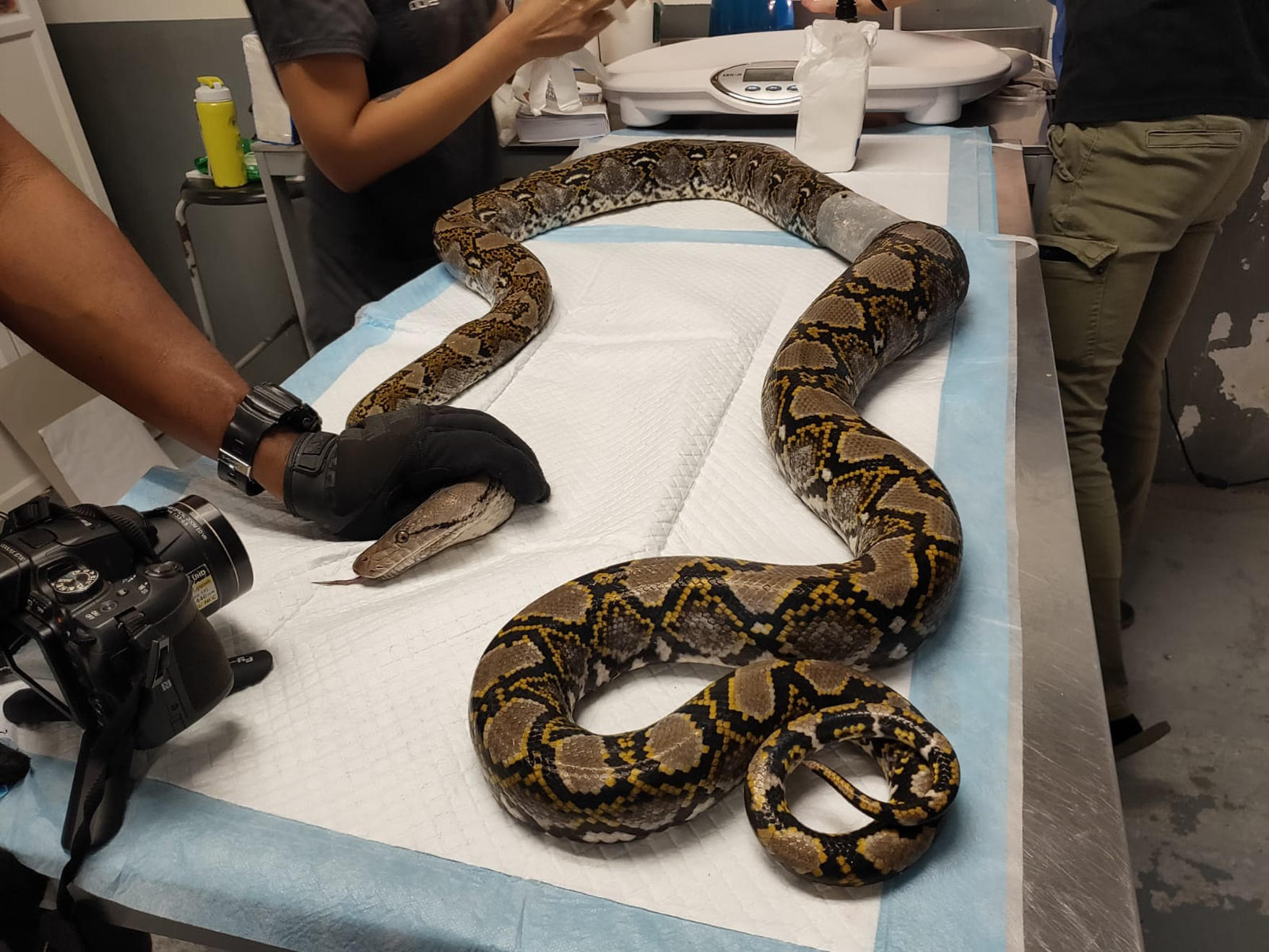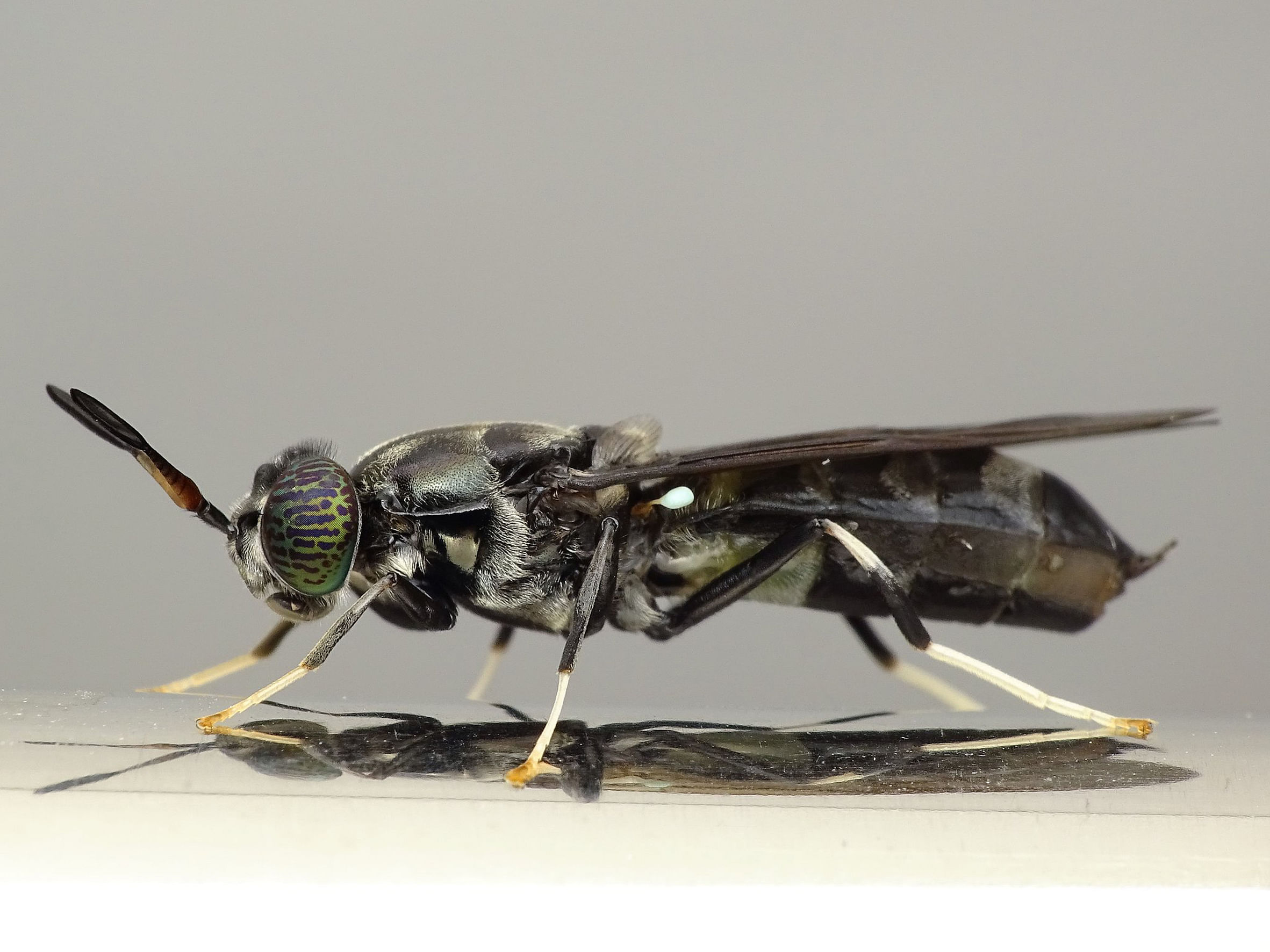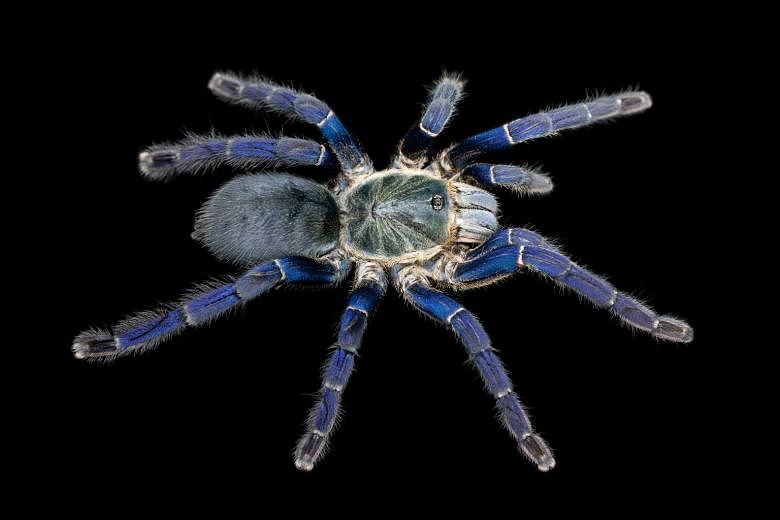SINGAPORE - Halloween is just around the corner, and motifs of certain animals are often used to draw shivers.
But despite their prevalence during this season, many of these "creepy crawlies" are simply misunderstood.
The Straits Times highlights some of nature's weird and wonderful.
Spidey sense
Scientists have long puzzled over why some large, hairy nocturnal spiders sport vibrant blue and green colouration, especially as they were believed to be unable to differentiate between colours or possess true colour vision.
However, a recent study jointly published by the Yale-NUS College and Carnegie Mellon University found that the vibrant blue colours of some tarantulas may be used to communicate between potential mates.
Species with green coloration could allow the tarantulas to conceal itself among foliage.
The myth that tarantulas are colour-blind was also debunked, as the research suggests that the arachnids may be able to perceive bright blue tones.
In addition, most tarantulas also exhibited the typical types of light-sensitive proteins found in day-active spiders with good colour vision.
Singapore has its own signature species, known as the Singapore blue, which is around 23cm in length.
Its legs are a shade of intense blue, and its carapace is typically brown or gold.
The species, like all tarantulas, is venomous, and the Singapore blue is known to be aggressive and may bite as its first line of defence.

Its females are vividly coloured, whereas the males are dull olive to brown in colour.
Researchers believe that these differentiating colours help the species to identify the opposite sex to mate with.
Pest-control pythons
Reticulated pythons, which are the most common type of snake found in Singapore, are great at pest control as they typically feed on rodents.
The pythons move through the extensive network of drains and canals in Singapore in search for prey, which they kill by constriction. They have been sighted frequently in urban areas, such as Housing Board estates.

Pythons in Singapore are typically 2.5m to 3.5m in length, and weigh between 4kg and 7kg. They can measure up to 6m in length, and are among some of the heaviest snakes globally.
However, they usually will not attack people unless provoked.
Mr Kalai Balakrishnan, deputy chief executive officer of the Animal Concerns Research and Education Society, said: "I think many people are surprised by the presence of snakes and other wildlife in our urban landscape but, in reality, they have adapted to this for decades. Increased social media and news coverage may make the pythons seem to appear more frequently than they actually do."
The portrayal of snakes in myths, folklore and movies has also created a misconception that they are harmful, he noted.
Zero-waste warriors
At a black soldier fly research facility in Singapore, an army of black soldier fly larvae is hard at work tackling food waste and converting it into frass.
This byproduct is rich in nutrients and can be composted and used to grow vegetables, said Assistant Professor Nalini Puniamoorthy of the National University of Singapore's Department of Biological Sciences.

Each larva can eat up to four times its weight in a single day and consumes almost any kind of organic matter, including cooked food. Well-fed and plumped up, the larvae, which are rich in proteins and fats, can be used as animal feed in poultry and fish farming, and even in pet food.
The facility at NUS houses around 300,000 adult flies on site, and they convert around 150kg to 200kg of food waste each week.
In the past year, around 7 tonnes of food surplus from residential halls in NUS have been converted into 3 tonnes of frass and larval biomass.
"If that 7 tonnes of food had been incinerated, it would have likely produced more than 70 tonnes of carbon and nitrogen emissions," said Prof Puniamoorthy. "Via bioconversion, we can reduce such greenhouse gas emissions and the environmental footprint for future food production."


